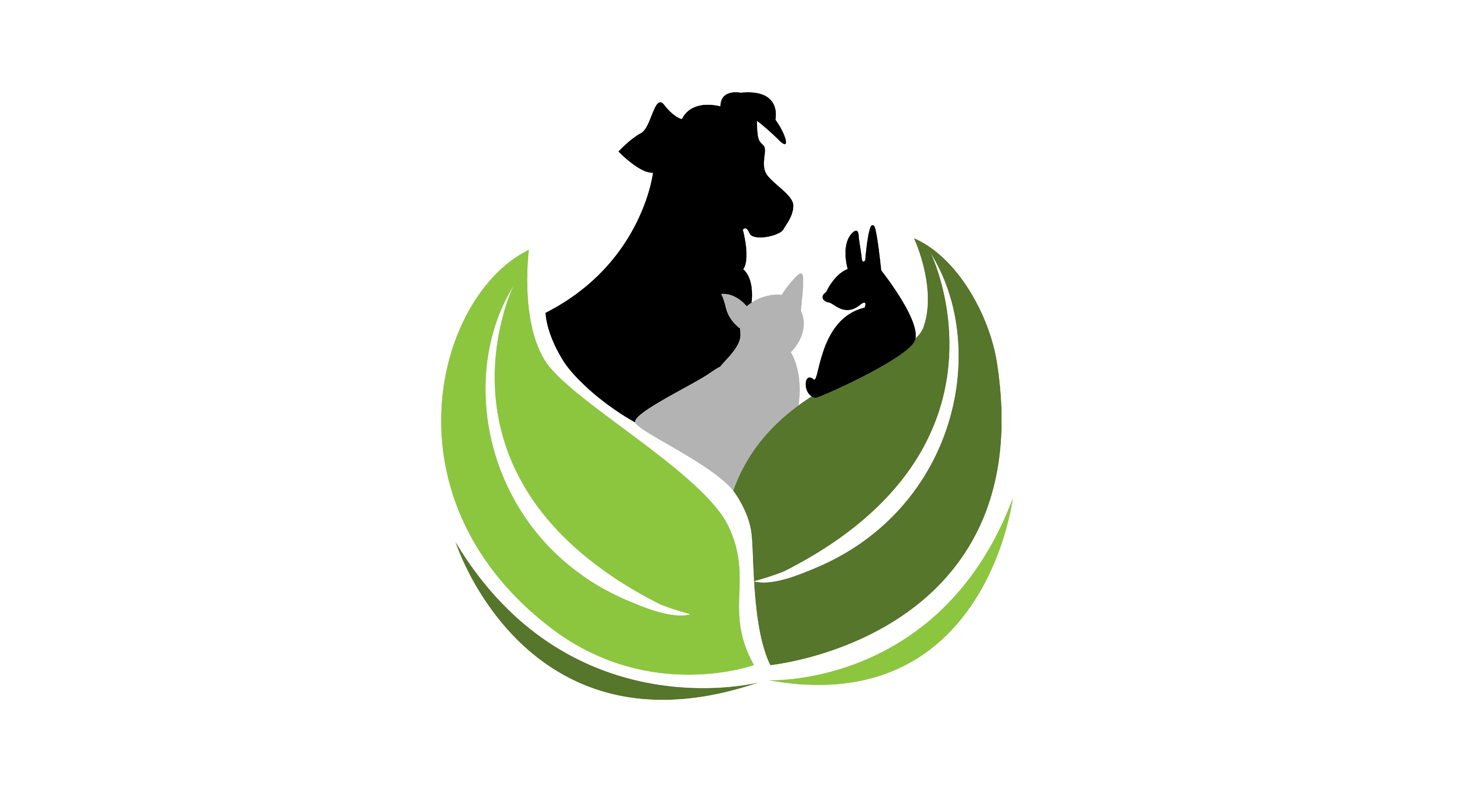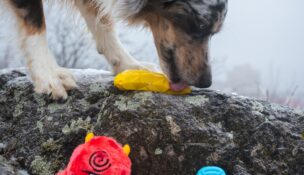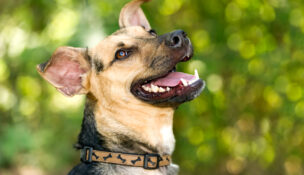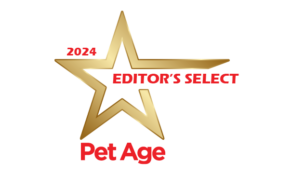Pet Industry 2015
Stacy Mantle //February 9, 2015//
 Arising tide lifts all boats and this adage holds true in the pet industry. During a difficult period in economic history, our industry has proven itself to be nearly recession-proof and quite receptive to the innovations of other industries. This year, we’re taking a look at the state of the industry, along with a few of the trends for many pet categories and highlights of what we can expect in 2015.
Arising tide lifts all boats and this adage holds true in the pet industry. During a difficult period in economic history, our industry has proven itself to be nearly recession-proof and quite receptive to the innovations of other industries. This year, we’re taking a look at the state of the industry, along with a few of the trends for many pet categories and highlights of what we can expect in 2015.
The American Pet Products Association (APPA) estimates that 2014 industry sales will reach $58.51 billion in 2014, up nearly 4.7 percent over 2013 and it’s projected to continue growing at an average of 4 percent each year through 2020.
Pet ownership is also on the rise, as it has been over the past two decades. The increased demand for pets, particularly cats and dogs, is expected to continue through 2018 and beyond. Already, more than 68 percent of American households are pet owners and IBISWorld estimates that the average rate of pet ownership will increase 2.2 percent annually through 2019. That leaves us with a rapidly expanding base of customers and lots of room for growth.
Millennials Drive Spending
The Millennial generation ranges in age from 18 to 33 and currently makes up 27 percent of the U.S. adult population. It is projected that by 2018, Millennials will surpass Baby Boomers in spending power at $3.39 trillion.
“Boomers are currently the bedrock of the pet retail industry but the last of the Boomers turn 65 in 2029,” said Nathan Richter, principal of Wakefield Research. “As this generation ages, retailers must learn to reposition their offerings for the Millennial consumer. This requires learning how to tailor products and services to Millennials’ unique needs, which differ from those of Boomers.”
According to Wakefield Research, Millennial pet owners have three main characteristics: they are exhibitionists (e.g., they enjoy seeing themselves everywhere), they are irrational buyers (e.g., they will buy discretionary products under the guise that they are nondiscretionary) and they are conscientious. They expect pet supplies to be all-natural, to be made with organic materials and to be BPA-free.
As a result, the industry is refocusing its marketing (and production) dollars to target this demographic. With this changeover to Millennials, we can expect to see some shifts in the industry. For example, I-5 Publishing recently announced that publications Dog Fancy and Cat Fancy are being absorbed by the “hipper” publications, Dogster and Catster, each of which will now be available in print. The news of both closings was announced on the eve of the veteran publications celebrating their forty-fifth and fiftieth anniversaries, respectively.
“Time and again, we find that many companies are making crucial mistakes when marketing to Millennials; it’s not something that can be learned overnight,” said Richter. “The time to begin learning and building relationships is now, not five years from now when Millennials have already developed an affinity for your competitor.”
For those who resist change, rest assured that Boomers won’t disappear any time soon. They have driven the pet industry with a large amount of disposable income and will continue to do so as they reach their golden years. It is up to the industry to identify and create custom services they can offer to senior Boomers and their beloved pets.
Portable Pets and Purposeful Pampering
Millennials are an active group who travel, participate in on-the-go lifestyles and are more focused on smaller pets. This means a greater demand for specialized services and products, such as boarding facilities, pet sitters and travel products. As the economy makes a sluggish recovery, people will continue to pamper pets but with purpose. From stylish yet practical clothing designed for cold-weather hikes or warm-weather pest control to sitters and boarding facilities that can ensure pets are well cared for during the work day, every item or service should have functional advantages for pet and owner.
Many household products have successfully begun merging with our industry. Licensing and co-branding with celebrities helped fuel the trend. A few examples are the extensive line of pet products from Martha Stewart, which were developed exclusively for PetSmart, the Loved Ones collection of solutions-based pet products from former supermodel Kathy Ireland and the line of behavior-focused toys from cat behaviorist Jackson Galaxy and Petmate. Even internet meme star Grumpy Cat agreed to collaborate with ACCUY Natural Solutions on an organic odor remover.
Expect to see other branded companies join the pack. Bed manufacturers Tempur-Pedic and Select Comfort Sleep Number now have their own pet beds, while Neato and Bissell vacuums have discovered gold in the pet industry. Fitbit has even introduced FitBark, the dog activity tracker. In 2014, Quaker Pet Group signed a licensing agreement with “Duck Dynasty,” releasing a line of toys and clothing for pets marketed to the nearly 12 million viewers who tune in to watch their television show.
Technology
Technology will continue to see big investment dollars coming its way in 2015. The most impressive advances are coming in the form of improvements rather than inventions. Thanks to crowdsourcing, manufacturers and individuals have seen a much more level playing field. The best ideas will get funding.
According to Wakefield Research. 69 percent of Millennials are likely to use technology to keep track of their pets, compared to 33 percent of Boomers. New innovations like smart homes may take longer to come into play but there is an expanding market for them as Millennials continue embracing technology to help manage their lives. For example, wearable tech and gadgets like pet cams and automated feeders should continue to flourish as tech companies continue to innovate.
More mobile device apps will become available for both practical and specialized purposes. Examples include ResQWalk, which raises funds for charities by tracking the movement of people and their pets and Finding Rover, which uses facial recognition to reunite lost pets with their owners.
One sector of the industry that had been growing stale is the toy category. Coming years could profile innovative, engaging toys and habitats, not only for dogs and cats but for every species. As consumers become more educated, they are demanding that toys be eco-friendly, made in the U.S., healthier and safer. In response, manufacturers are now investing in more elaborate research and development with the aim of creating interactive toys that support natural behaviors.
As the economy stabilizes and crowdsourcing popularity continues, there’s hope for some interesting developments in toys and technology.
Veterinary Services
Technology plays an active role in veterinary care as well. The health and wellness sector will continue to progress, with more home-based services, better health and wellness options and more affordable veterinary care being sought after. The holistic segment of the market has exploded, with thousands of veterinary clinics adding a holistic vet to their practices for a more integrated approach to healing.
Numerous practices are offering high-tech services such as hydrotherapy and laser therapy, along with services like massage and acupuncture. How people view health care for their pets is evolving. With alternative therapies now becoming mainstream for humans, owners want to find comparable ones for their beloved companions.
In addition, more pet owners are seeking out home-based services, a need for which veterinarians and health care professionals now recognize. From vaccinating a household of pets who are difficult to transport to offering in-home hospice services, one can expect to see more wellness options for a variety of pets.
Specialty Services
Specialty pet services have been one of the fastest growing segments in the industry and this segment could continue to grow quickly in 2015. As more and more pet owners consider animals to be valued members of their family, the demand for specialized nonmedical services for them will rise.
Premium services such as full-service boarding facilities, transportation services, luxury grooming and dog-walking support continue to flourish.
IBISWorld forecasts that the number of pet-related operations will expand. The number of companies offering such services is projected to increase at an average annual rate of 1.6 percent. The number of businesses is expected to reach 14,611 by 2018, well above the 13,470 in operation today.
When planning for the Millennial customer, it’s important to keep in mind that younger consumers think differently about what is essential when purchasing services. In their report, Wakefield Research states that “55 percent of Millennials believe coat coloring and styling is essential for their pets, compared to only 15 percent of Boomers who believe it is essential.”
“This means that whole categories and subcategories of products that are currently considered luxuries by older consumers will become must-haves for Millennials,” said Richter. “For example, pet clothing, specialized grooming products and specialized pet foods.”
Putting It All Together
At an average 4 percent growth rate, the pet industry once again proves itself to be recession-proof. The number of households owning pets is likely to continue to increase, as is discretionary income as America’s economic recovery takes root.
As companies begin to bring manufacturing home through reshoring, the Millennial generation begins to take over the market and the economic recovery takes hold with increases in discretionary income, we will continue to see growth in an industry that is only getting larger each year.
Key points for 2015 include:
Large-scale pet superstores growing exponentially through acquisition, co-branding, licensing and private labeling deals.
Innovative marketing focused on mobile and geographical targeting, social media, and technology.
A growth in holistic and natural medicine and services, including pet massage, grooming and specialized services.
Healthier and greener products and services for pets
A substantial increase in the number of companies offering home-based medical services.
Increased legislation driven by caring consumers may cause some companies to take pause, but they will quickly adapt and thrive by broadening their base of pet lovers.



















